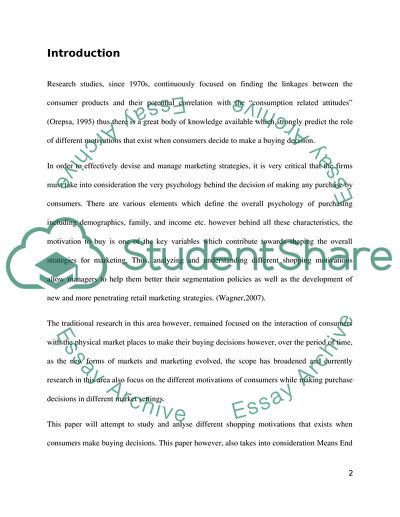Cite this document
(Different Motivations That Exist When Consumers Make Buying Decisions Essay, n.d.)
Different Motivations That Exist When Consumers Make Buying Decisions Essay. Retrieved from https://studentshare.org/marketing/1717663-critically-examine-the-different-motivations-that-exist-when-consumers-make-buying-decisions-illustrate-your-answer-critically-by-applying-an-example-of-a-product-or-service
Different Motivations That Exist When Consumers Make Buying Decisions Essay. Retrieved from https://studentshare.org/marketing/1717663-critically-examine-the-different-motivations-that-exist-when-consumers-make-buying-decisions-illustrate-your-answer-critically-by-applying-an-example-of-a-product-or-service
(Different Motivations That Exist When Consumers Make Buying Decisions Essay)
Different Motivations That Exist When Consumers Make Buying Decisions Essay. https://studentshare.org/marketing/1717663-critically-examine-the-different-motivations-that-exist-when-consumers-make-buying-decisions-illustrate-your-answer-critically-by-applying-an-example-of-a-product-or-service.
Different Motivations That Exist When Consumers Make Buying Decisions Essay. https://studentshare.org/marketing/1717663-critically-examine-the-different-motivations-that-exist-when-consumers-make-buying-decisions-illustrate-your-answer-critically-by-applying-an-example-of-a-product-or-service.
“Different Motivations That Exist When Consumers Make Buying Decisions Essay”, n.d. https://studentshare.org/marketing/1717663-critically-examine-the-different-motivations-that-exist-when-consumers-make-buying-decisions-illustrate-your-answer-critically-by-applying-an-example-of-a-product-or-service.


